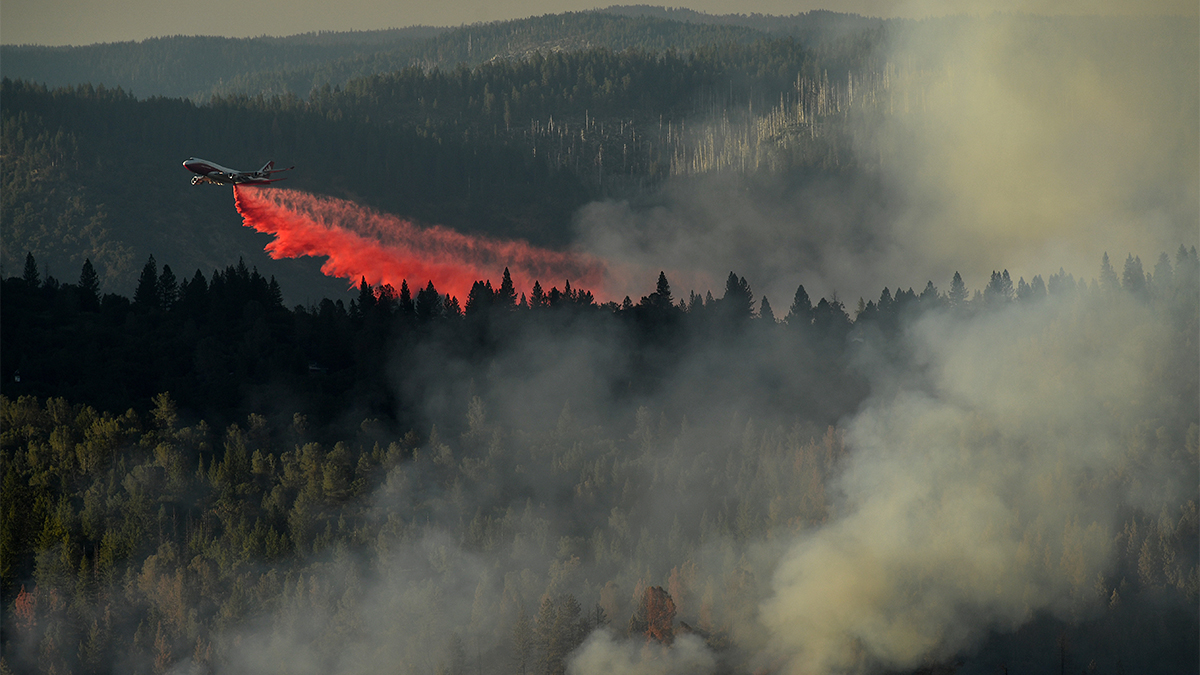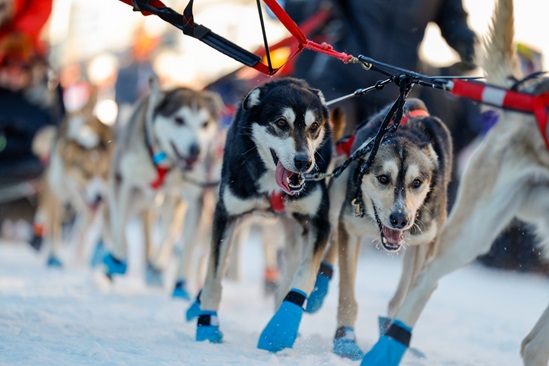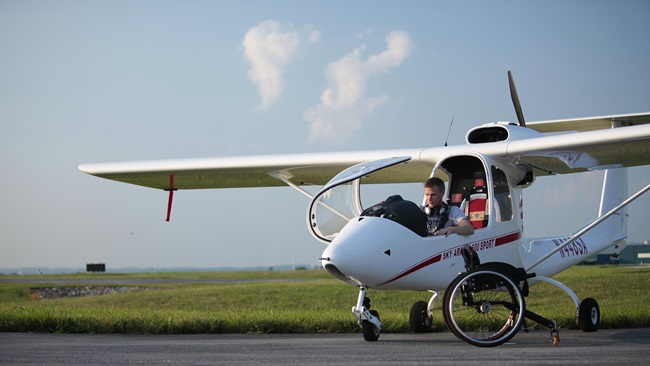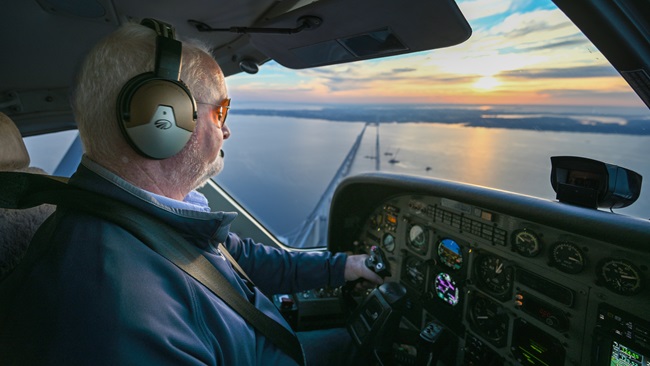Cal Fire calls for ‘the largest tool’
Converted B-747 enters service as world's largest air tanker
As the terrible scope of what could become the deadliest and most destructive wildfire outbreak in California history began to become clear, the state’s firefighters on Oct. 9 called in the new king of air tankers, a recently converted Boeing 747 fitted with a sophisticated system for delivering a variety of firefighting fluids in bulk. The massive machine commanded instant attention, its crew flying with a new concept in aerial firefighting to prove.
The grim toll of California's latest wildfire outbreak continued to climb on Oct. 12, including 23 people confirmed dead, nearly 300 missing, more than 170,000 acres scorched, and thousands of homes and businesses reduced to ash. That includes many of the state’s iconic wineries and vineyards, where at least one desperate vintner organized a “bucket brigade” that managed to save many of the buildings. Fire crews were stretched thin, many firefighters working 80 hours or more without relief, calling on reserves within themselves of what Capt. Sean Norman, deputy head of operations for the Sonoma Valley fires, described as “two C’s: Commitment and caffeine.”
A news helicopter captured footage of the Global SuperTanker in action, while other admirers noted its arrival on the scene in blogs and social media.
Based in Colorado and first deployed to Israel in November, the largest firefighting aircraft in the world comes with a hefty price tag for end users like California’s Department of Forestry and Fire Protection (better known as Cal Fire), though Global SuperTanker CEO Jim Wheeler noted that on a cost-per-gallon-dispersed basis, it’s actually the cheapest option.
“We’re a tool in the tool box,” Wheeler said in a telephone interview. “We just happen to be the largest tool … we are able to put down longer and wider retardant lines than any other aircraft out there.”
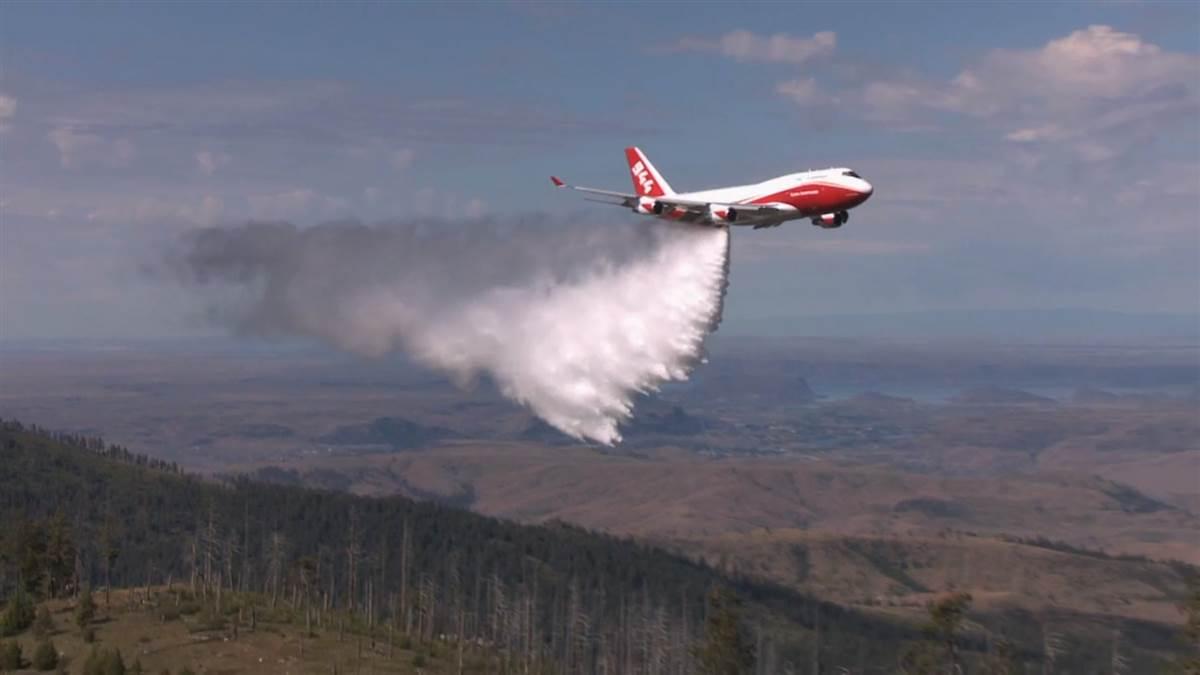
Wheeler and a group of fellow investors in a defunct cargo hauling company formed Global SuperTanker to convert the aircraft previously flown in passenger and cargo service into a sophisticated tool for dispersing a range of different liquids for different applications. (That includes distribution of chemicals used to mitigate offshore oil spills.)
Spirit of John Muir, with an eye-catching red, white, and gold livery, number 944 on the tail, is for now the only Boeing 747 in the world fitted out for dropping huge volumes of fluid: up to 19,200 gallons per load, that can be dispersed through a pressurized system in a single long stream or in discrete, measured doses through four 16-inch nozzles.
“It comes down like a hurricane rain, real big droplets,” Wheeler said. “That is important because it does not break limbs off of trees, it does not destroy vehicles, and it will not kill personnel on the ground.”
Wheeler said on Oct. 10 that Cal Fire had requested several drops since the first call on Oct. 9, at 4:30 a.m., requesting the tanker on station less than three hours later. (The SuperTanker can dash to the scene of a fire at close to 600 mph, then slow to 145 knots with flaps deployed as the crew positions it 200 feet above the treetops to dispense swaths of fluid that can stretch about 1.9 miles long.)
All of the Cal Fire requests to date had been for retardant that is spread ahead of the advancing flames to coat foliage and slow or stop the fire’s spread. Wheeler said the Boeing 747 can just as easily fill up on water and attack the fire directly.
“They have not used us with water yet,” Wheeler said. “I hope they will.”
Direct attack with water has in recent years become the near-exclusive purview of helicopters and fixed-wing aircraft far smaller than a Boeing 747, which sits atop a class known as “very large air tankers” that are typically used to spread fire retardant or suppression chemicals. The Albuquerque-based 10 Tanker Air Carrier company operates a fleet of DC-10s converted for aerial firefighting, with 11,000-gallon capacity and operated under contract with the U.S. Forest Service.
The Global SuperTanker has a system of 18 tanks, 10 for fluids and the rest for pressurized air to help disperse the liquids. Even with those tanks filled to capacity, this Boeing 747 is still far short of its maximum takeoff or landing weights, giving it the ability to land fully loaded if a mission is called off for any reason, rather than having to dump an expensive load of fire suppression chemicals. This can help limit the cost of deploying the world’s largest aerial firefighting tool, the company notes in a promotional video.
Wheeler said two full flight crews, each consisting of a captain, co-captain, and drop system operator, are taking turns answering Cal Fire’s calls. The Global SuperTanker has previously been deployed to fight fires in Chile, and was first used to fight California fires in September. Summoning the huge airplane comes at a cost, a minimum of $165,000 for three days of service, regardless of use, and $16,500 per flight hour, Cal Fire Deputy Director Janet Upton told the San Bernardino Sun in September, noting the agency will continue evaluating the aircraft over the coming year and a half.
Wheeler has high hopes that customers will see the value, given the speed, capacity, and capability that comes with a Boeing 747 flown by trained fire attack pilots.
“It’s an economy of scale,” he said.
